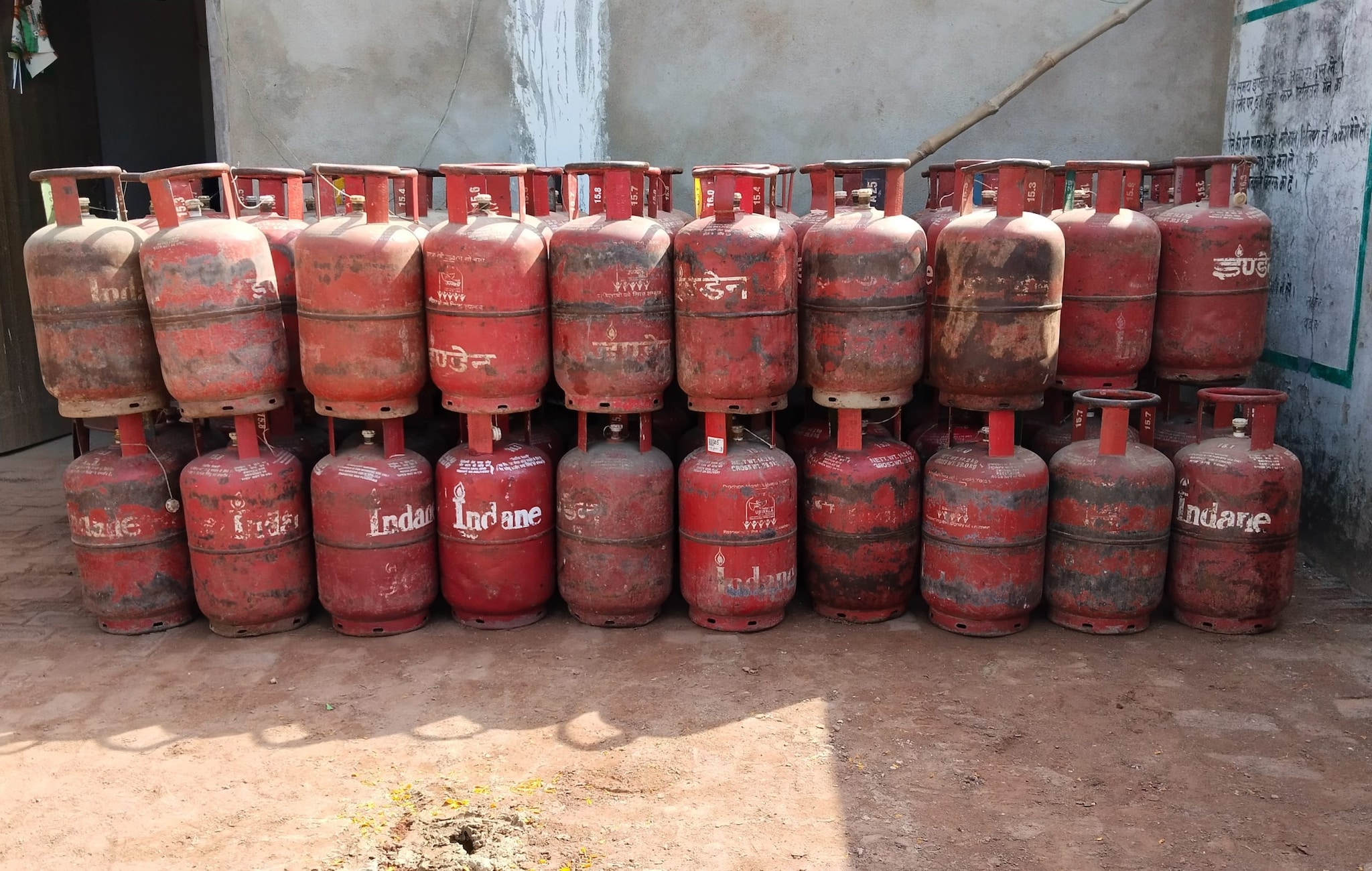Oil prices earned an unexpected reprieve on Wednesday afternoon, regaining over 3% immediately following U.S. President Donald Trump's surprise decision to pause reciprocal tariffs for 90 days for all except China.
After flirting with prices below $60, Brent crude was trading up 3.41% at 2:56 p.m.

ET, while WTI was trading up 3.74%, breaching the $61/barrel mark. This week, Brent crude at one point dipped below $60 per barrel after OPEC+ revealed plans to accelerate its phase-out of production cuts.
for May delivery sank 6.3% to $58.68 per barrel at 8.
00 am ET, a level they last touched more than four years ago, while WTI fell by 6.2% to $55.20 per barrel.
Last week, eight OPEC+ countries to advance their planned phase-out of voluntary oil output cuts by ramping up output by 411,000 barrels per day in May--equivalent to three monthly increments. The announcement of the accelerated pace of unwinding of production cuts comes at a time when U.S.
President Donald Trump announced tariffs on trading partners, deepening the shock to oil markets. And now commodity analysts at Standard Chartered have weighed in, saying the latest twist in the OPEC saga was to be expected as the likes of Saudi Arabia looked to make a strong statement against freeloaders like Kazakhstan and Iraq that consistently failed to compensate for past overproduced volumes, “ StanChart recently predicted. Related: American Refiners To Refrain From Investing Amid Uncertainty Last month, we that Kazakhstan has ramped up oil production, with the country’s crude oil and gas condensate--a type of light oil- output hitting a record high of 2.
12 million barrels per day in February, good for a 13% increase from January. Excluding gas condensate, crude oil production increased 15.5% m-o-m to 1.
83 million bpd. The OPEC+ member has been able to increase oil output despite damage to the Caspian Pipeline Consortium (CPC), its main export route via Russia. Kazakhstan has repeatedly exceeded its OPEC+ output quota of 1.
468 million bpd. Last year, Kazakhstan, Russia and Iraq submitted their to the OPEC Secretariat for overproduced crude volumes for the first six months of 2024. According to OPEC, the entire over-produced volumes were to be fully compensated over the next 15 months through September 2025, with Kazakhstan ‘paying back’ a cumulative 620 kb/d, Russia 480 kb/d and Iraq 1,184 kb/d.
Unfortunately, these countries have only been paying lip-service with their promises to cut back production, with Saudi Arabia and its OPEC+ allies finally deciding to do something about the long build-up and the catalogue of missed promises. The bad news: StanChart has predicted that OPEC+ is unlikely to change its stance in relation to the overproducers, unless, in the unlikely event, that Iraq and Kazakhstan are able to reach their targets, and submit revised plans for significantly more front-loaded cuts in order to compensate for past overproduction. In other words, there’s a significant risk that the markets could soon be flooded with oil, which comes at a bad time when Wall Street is sounding the alarm on the growing risk of a recession.
JPMorgan has of a U.S. and global recession this year to from 40% previously, thanks in large part to Trump’s tariffs.
JPM CEO Jamie Dimon has also revealed that IPOs were already being canceled amid market volatility. On a brighter note, StanChart remains bullish about oil market fundamentals, saying the scale of the acceleration is not large enough to lead a Q2 supply surplus given the tightness of the immediate market. Further, the commodity experts say the latest OPEC+ move is likely to enhance future production discipline and compliance with set targets and quotas.
StanChart says non-OPEC+ producers, U.S. shale in particular, are not the focus of the accelerated phase out.
If anything, the move is a big gift to Trump who has been urging the cartel to increase production in a bid to lower oil and fuel prices. Last year witnessed a sharp slowdown in non-OPEC+ supply growth from 2.46 mb/d in 2023 to 0.
79 mb/d in 2024, primarily caused by a reduction in U.S. total liquids growth from 1.
605 mb/d in 2023 to 734 kb/d in 2024. StanChart expects this trend to continue, with U.S.
liquids growth expected to clock in at just 367 kb/d in 2025 before slowing down further to 151 kb/d in 2026. Stanchart says the U.S.
slowdown and a long tail of declines will keep non-OPEC supply growth well below 1 mb/d over the next couple of years despite some areas of solid growth in Brazil, Canada and Guyana..
Business

Standard Chartered: Time To Dial Down the Oil Panic?

Oil prices earned an unexpected reprieve on Wednesday afternoon, regaining over 3% immediately following U.S. President Donald Trump's surprise decision to pause reciprocal tariffs for 90 days for all except China. After flirting with prices below $60, Brent crude was trading up 3.41% at 2:56 p.m. ET, while WTI was trading up 3.74%, breaching the $61/barrel mark. This week, Brent crude at one point dipped below $60 per barrel after OPEC+ revealed plans to accelerate its phase-out of production cuts. Brent crude for May delivery sank 6.3% to $58.68...














